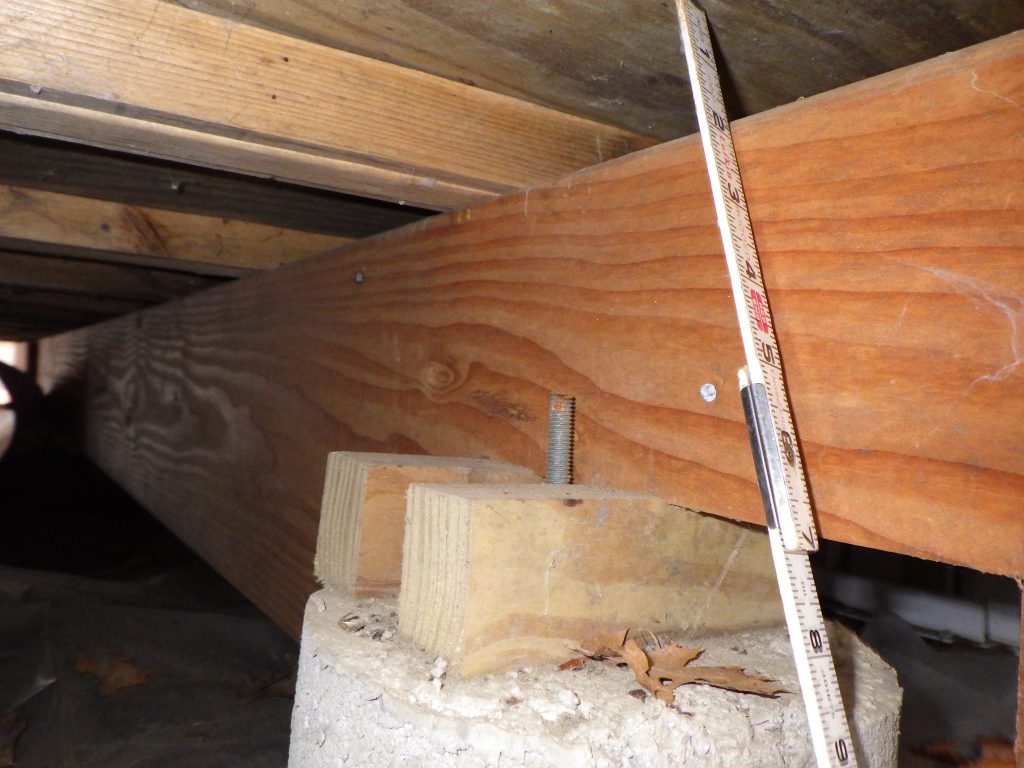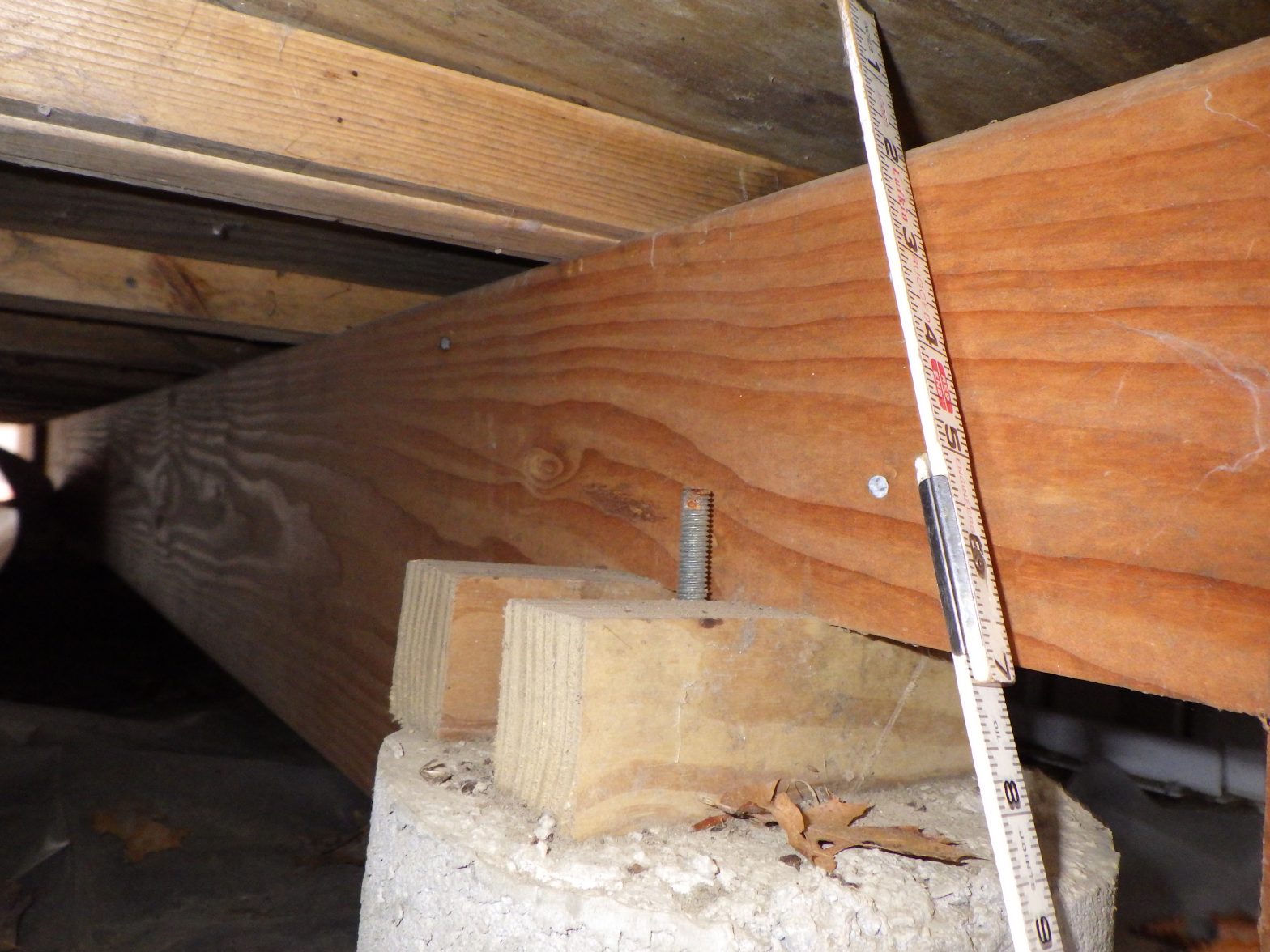Ordinary construction projects usually follow some variant of one of two delivery methods: design-bid-build or design-build. In the design-bid-build delivery method, the owner retains design professionals to prepare construction documents, some form of competitive bidding process takes place, and the successful contractor builds the work. Most commercial building projects and a lot of public building and infrastructure projects use design-bid-build. In design-build, the owner, sometimes with the assistance of their design professionals negotiate an agreement with a constructor to design and build the project based on the owner’s performance criteria. The design-build method often reduces the duration of the project because construction can begin before the design is completed. It works well when the owner’s requirements can be well-defined and the details of the design are less important. Infrastructure projects, especially in the private sector, and home-building often uses design-build.
But have you ever encountered build-design?
 I first encountered build-design early in my career while employed by a contractor during the final years of the Central Artery project in Boston. A new traffic pattern for one of the surface streets had been implemented by the line striping subcontractor overnight under the supervision of a superintendent. The problem was that the work did not conform to the approved drawings. As a result, a crowd of engineers from the contractor, the resident engineer’s office and the program’s area traffic manager had gathered and were taking measurements and trying to figure out if the road in question could be opened. The assistant resident engineer deadpanned something about “build-design” and how it was “not popular for some reason”.
I first encountered build-design early in my career while employed by a contractor during the final years of the Central Artery project in Boston. A new traffic pattern for one of the surface streets had been implemented by the line striping subcontractor overnight under the supervision of a superintendent. The problem was that the work did not conform to the approved drawings. As a result, a crowd of engineers from the contractor, the resident engineer’s office and the program’s area traffic manager had gathered and were taking measurements and trying to figure out if the road in question could be opened. The assistant resident engineer deadpanned something about “build-design” and how it was “not popular for some reason”.
Of course, build-design is not a real construction delivery method. It is not as if a project owner sets out to have a contractor build something improvisationally only to have the design professional design the project after the fact and determine if it is acceptable. Too often the unplanned work would have to be modified or replaced entirely. Controlling cost and schedule would be impossible. The process would be far too inefficient.
Notwithstanding the inefficiency, situations arise in construction that resemble what a build-design delivery method might look like if it was real. An owner or contractor constructs something without a sufficient plan or in conflict with the plans; a design professional has to retroactively determine whether the work can be accepted as is; and inadequate work has to be modified or replaced. However, unlike the satirical concept of build-design, which would be a conscious choice of delivery method, real build-design is usually caused by errors and intervening events that bring those errors to light. A few common scenarios are:
Design errors: Occasionally design errors occur and, more commonly, some facet of the project might be incompletely considered and communicated through the construction documents. If not caught in time, these issues could result in a build-design situation. In this case, the design professional would be under pressure to incorporate into the finished project work completed according to the incorrect design or the contractor’s incorrect assumptions with minimal changes, delays and cost increases, to mitigate the inevitable disputes that might follow. If the design error resulted because the design was performed by the owner, contractor, or other nonprofessional, the objective may be to demonstrate code compliance with minimal changes.
Construction errors: When a construction error occurs, it can be more cost-effective for everyone if the affected portion of the project were redesigned incorporating the incorrectly-built work or allowing it to be abandoned in place. Depending on the circumstances, the owner’s design professional, the contractor’s design professional, or both might be involved in the redesign.
Field conditions: The discovery of unexpected field conditions, like poor soils, high groundwater, obstructions to pile installation, or concealed deterioration of a bearing wall can force the redesign of an element or alter fundamental design assumptions. If the condition affects previously completed work, it may be necessary to evaluate the completed work accounting for the discovered condition.
Permitting issues: Unfortunately, in my experience, permitting issues are a common cause of build-design. An owner or contractor may fail to understand that certain work requires a permit, may exceed the limitations of prescriptive code provisions, or depart from an approved plan. Sometimes a building official will give an owner or contractor incorrect information about permit requirements, code provisions, or the need for professionally prepared construction documents, only to enforce different requirements later. In both cases, the building official may require that a design professional evaluate the completed work before issuing a certificate of occupancy.
Resuming stalled projects: Sometimes work on a project is disrupted. Perhaps funding dries up or the contractor defaults or a disaster occurs. When resuming a stalled project, it may be necessary to evaluate and confirm the adequacy of the partially completed work, make changes to reflect changed project objectives and to remedy conditions that have developed since work stopped.
What these scenarios have in common is that design, or perhaps redesign, must be performed after some part of the construction is complete. The progress of work usually has to slow down or stop while the partially-completed work is being analyzed, thus causing delays. Relatively high design fees are incurred because justifying existing work so as to avoid having to reject it and designing other work with the partially completed work as a constraint usually requires more effort than designing from scratch. Accelerating the design schedule exacerbates these costs. Partially-completed work may have to be modified or replaced to conform to project objectives and applicable codes and standards. Either the owner pays for this “re-work” – along with the elevated professional fees – or the contractor absorbs the cost and takes a loss on the job. The pressure on all parties to allow work to resume increases the likelihood of design and construction errors, especially if the contractor chooses to proceed “at-risk”, possibly leading to another round of build-design.
The build-design process indeed is too inefficient, expensive and risky. It is clearly something to be avoided. Yet is still occurs due to choices that are made or not made by owners, design teams and contractors. How can it be avoided? Obviously do not start a project without a plan. The need for a plan applies to every stage of the project, including permits, and to all of the parties involved with respect to their responsibilities. The plans should be realistic and appropriately complete, especially if they are to executed by others. For significant construction projects, most plans should include complete construction drawings and specifications prepared by the design professional of record.
Part of having an adequate plan is having contingency plans. Unfortunately, the construction industry is plagued by “magical thinking”, and parties commonly mistaking luck for skill. As a result when something goes wrong – and design and construction being imperfect, things go wrong – parties may be unprepared and recovery from adversity can be more difficult than it needs to be. For example, projects ranging from small residential renovations to monumental underground infrastructure projects are exposed to significant risk due to unforeseen conditions of existing construction and the subsurface. The practicality of investigating these conditions in advance is always limited. Anticipating deviations from the expected conditions and considering contingencies in advance can reduce the likelihood that redesign during construction will be necessary.
Finally, owners and contractors should not rely on building officials to tell them how to design and construct the project. The capabilities of local building departments vary incredibly from departments that employ licensed architects and engineers as plan reviewers to those that can do little more than receive permitting fees. The codes are written and they are voluminous. Enforcing prescriptive codes can be difficult enough, especially for small departments. It is not reasonable to expect a building official to apply the more technical provisions used by practicing architects and engineers. Also, if a building official misrepresents or fails to properly enforce a requirement, you have no recourse. Therefore, to the extent possible, understand what the building official can require of you and have contingency plans if they appear to waive written requirements. Engaging design professionals from the beginning can help with this.
Build-design is really a salvage operation by design professionals. Regardless of the circumstances that bring it about, the objective is to allow the project to proceed to completion while minimizing delays and the cost of rework to the extent practicable. Once a project is in build-design it is too late to attain an optimal outcome. The project will likely be late and over-budget. All that can be done is to mitigate the losses. Therefore, it is better to make effective use of design professionals, including applicable specialists, from the beginning, rather than ask them to try to salvage the project when it gets into trouble.
The information and statements in this document are for information purposes only and do not comprise the professional advice of the author or create a professional relationship between reader and author.
